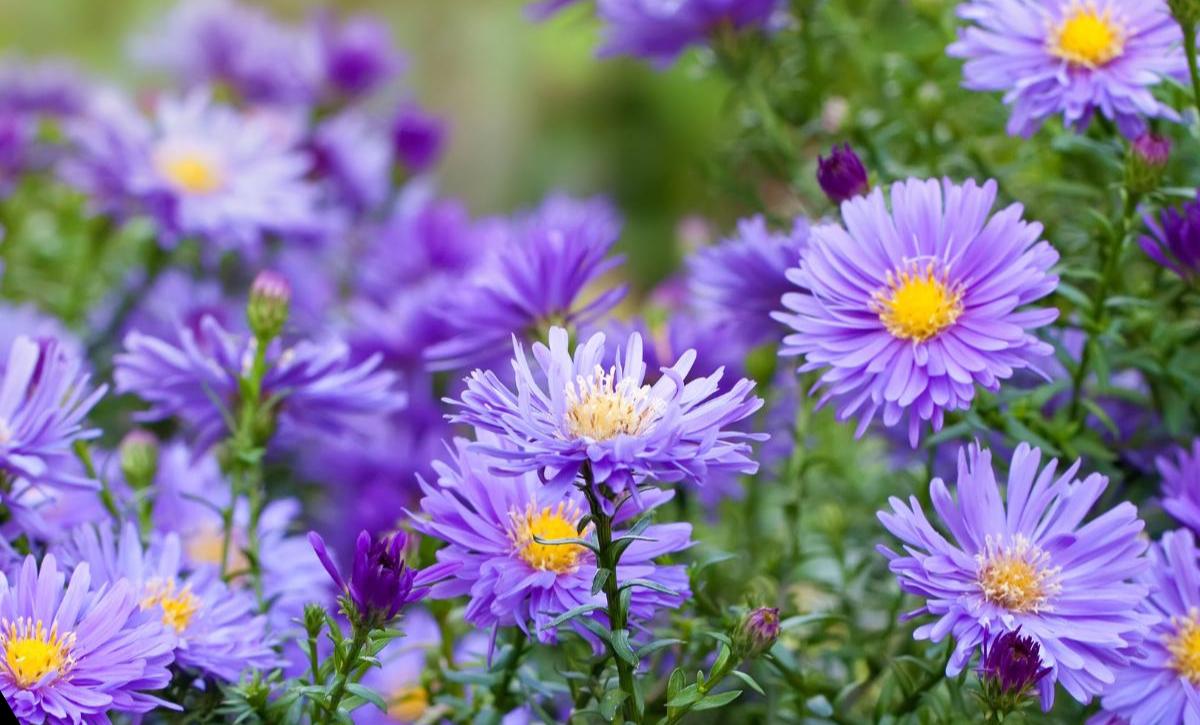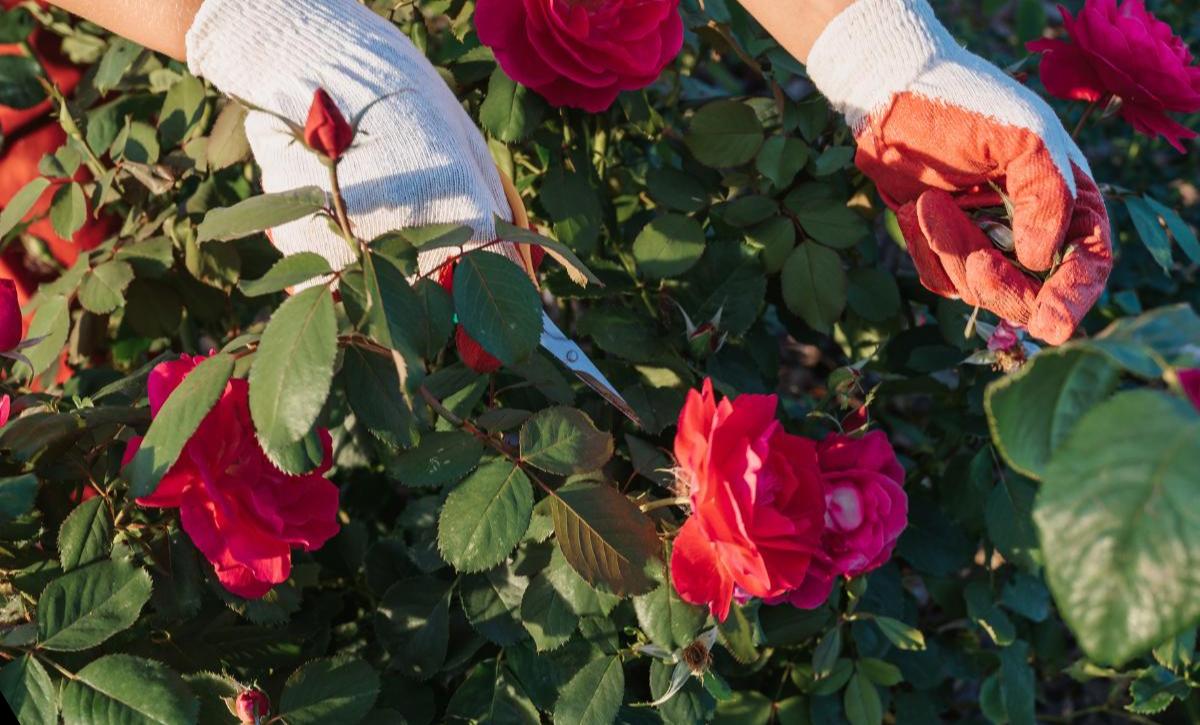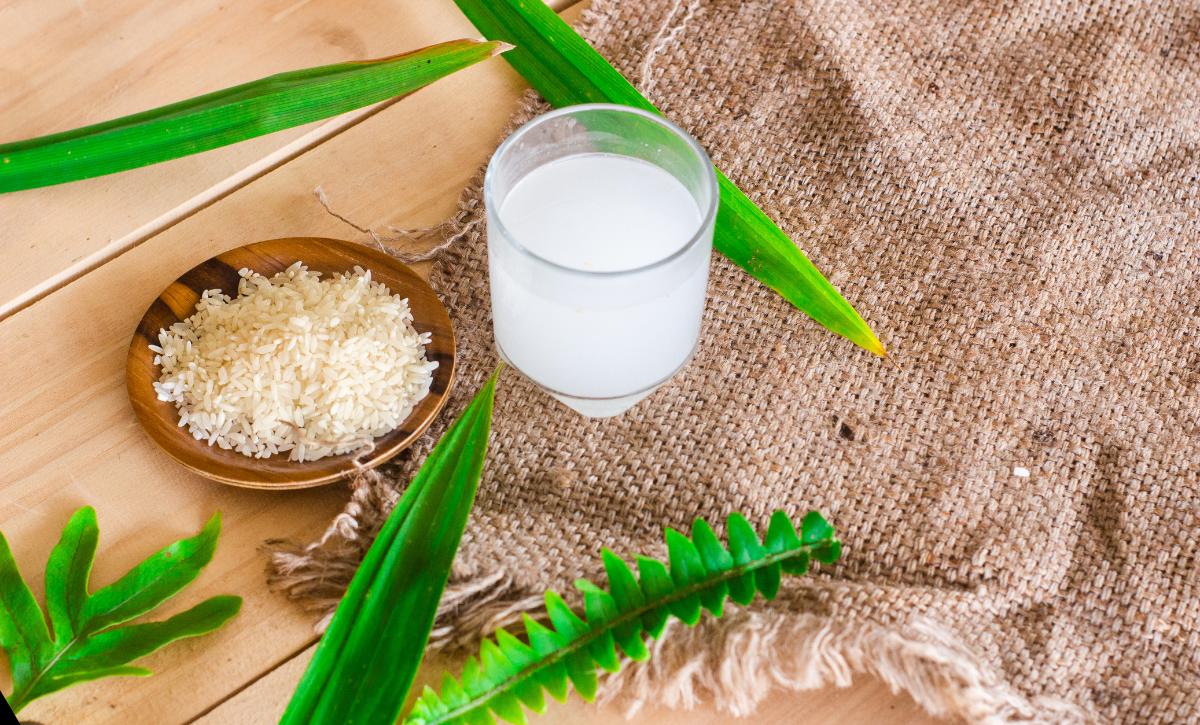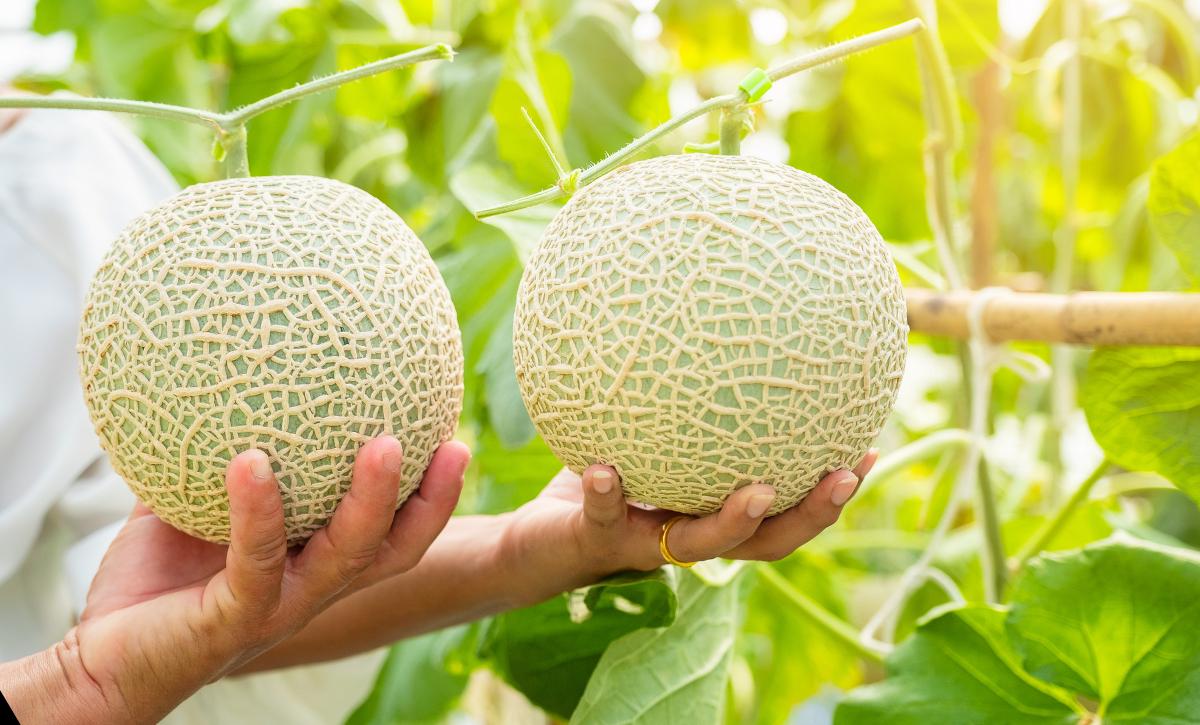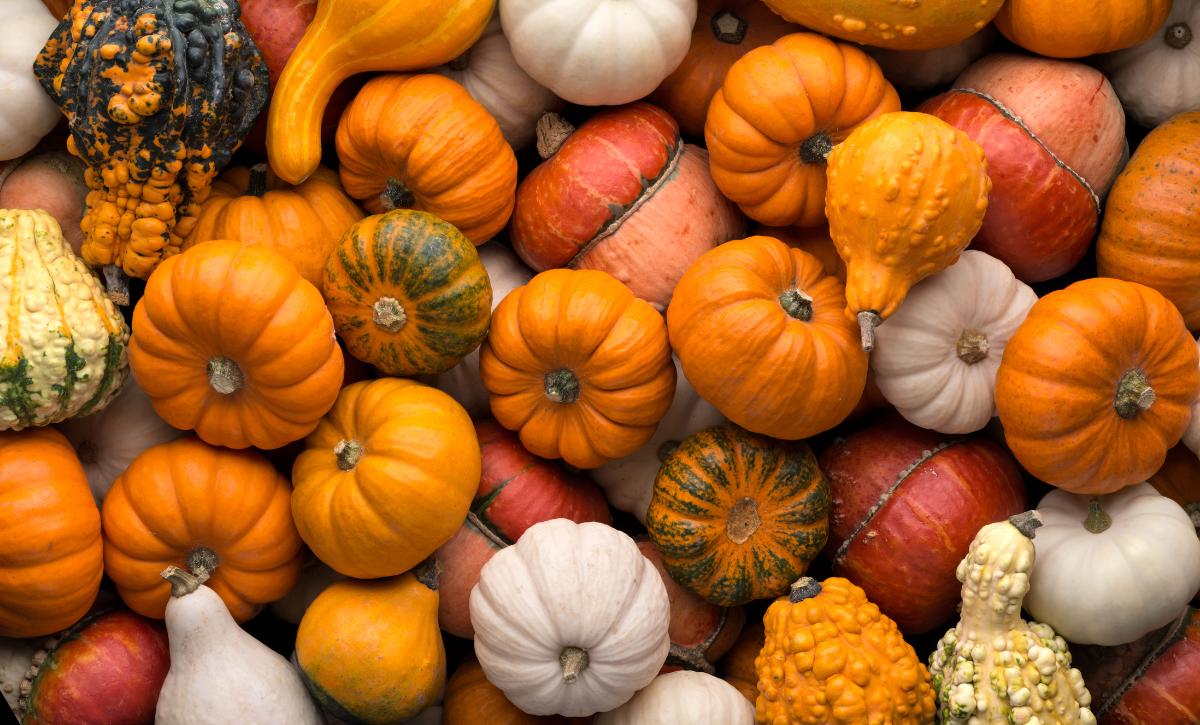Roses never fail to adorn our gardens. These beautiful flowers have minimal care requirements; a moist, well-drained medium and a sunny spot are all you need, and pruning is very beneficial to them.
Pruning your roses helps direct their energy, encouraging better flowering, preventing diseases, and improving the overall health of your roses.
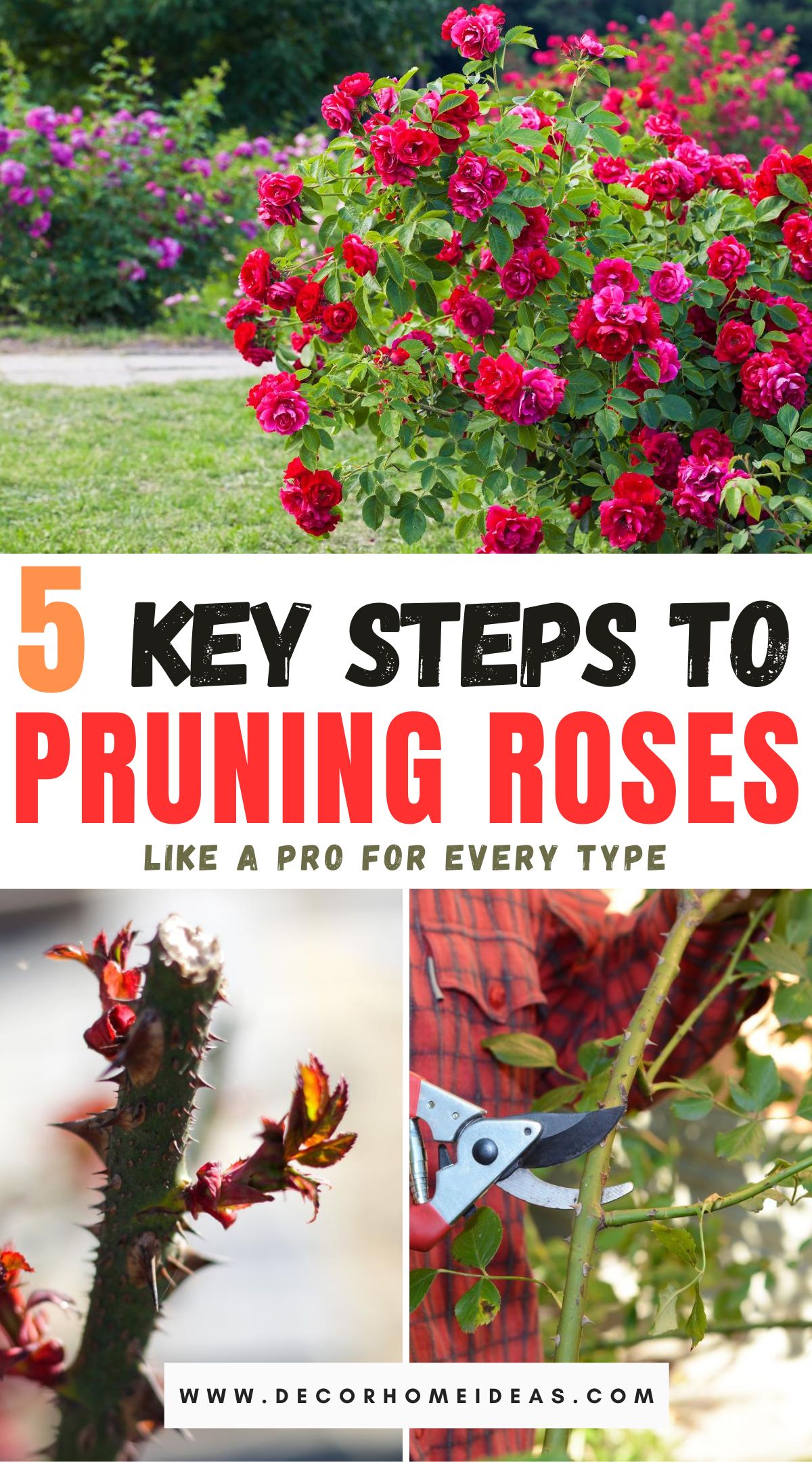
There are different pruning strategies for the numerous varieties of cultivars. Still, they all have the same goal: to improve the internal airflow in your plant for better flower yield and quality and to boost overall plant health. It also helps you achieve the desired shape for your rose bush garden!
Roses’ prickly limbs might make pruning seem intimidating, but our step-by-step guide is here to prove otherwise. So, remember these tips when pruning your roses to help you achieve the best results for your beloved flowers!
When to Prune Roses
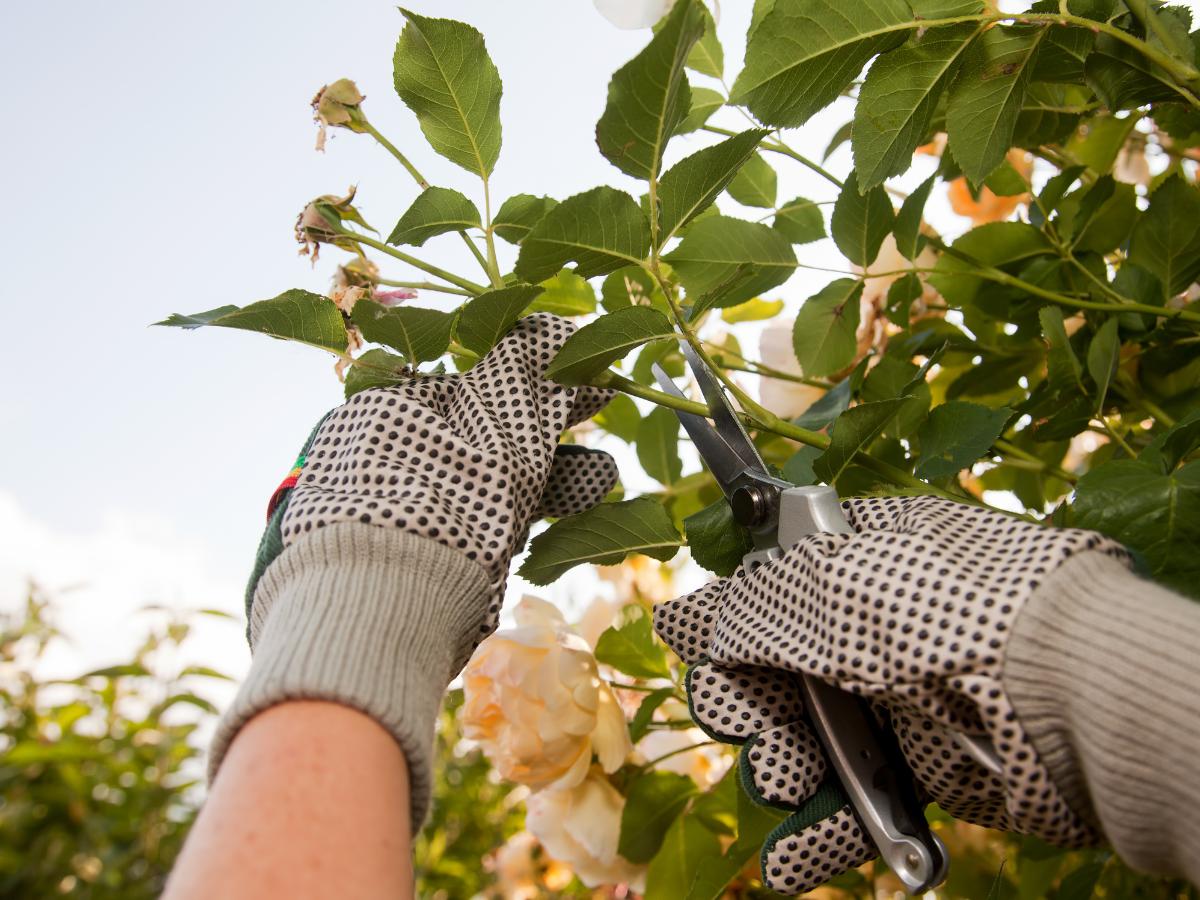
Prune your roses at least once a year. Wait until early summer to prune once-blooming rose varieties right after they have bloomed.
You can shape them up further in late summer, but after that, pruning healthy canes (stems) will reduce the number of blooms you’ll receive the following year.
Pruning other rose cultivars in later winter or spring is best, just after the last frost date. As such, you must be updated with your local weather forecast since the last frost date might vary yearly.
The timing shouldn’t worry you much, but proper timing will help avoid injury to your roses, and you won’t have to deal with the headache of constantly pruning out new cold damage.
How Much to Prune Back Roses
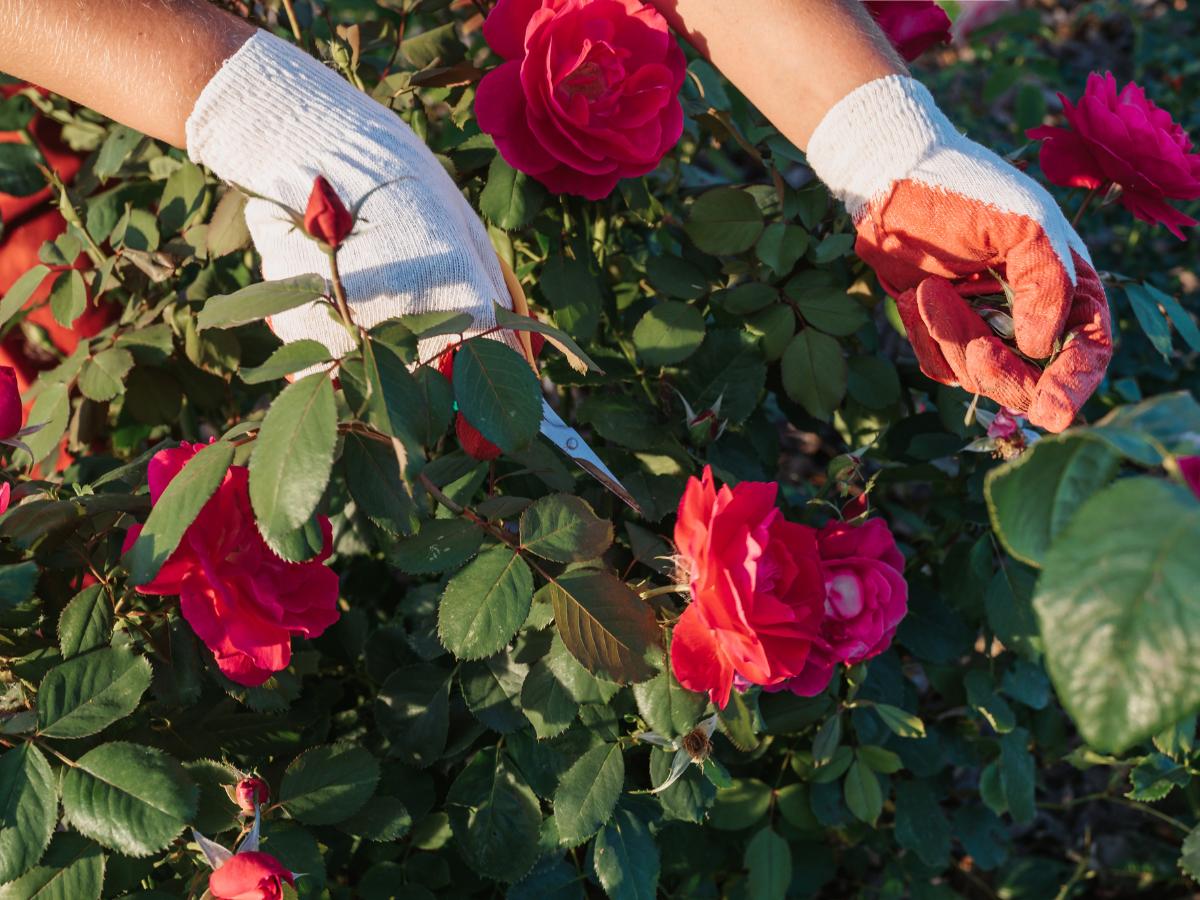
You can use a few pruning methods for your roses, depending on the type of roses you have and what you want to get out of them.
Lightly prune newly planted roses during their first year to enable them to direct more energy on developing strong roots rather than growing leaves and stems.
You can try out the following three methods for older, healthy roses.
Light pruning will remove less than a third of your rose plant. You can be selective about your cuts if your roses have an excellent natural shape, good blooms, and minimal diseases.
Moderate pruning involves cutting your plant 18 – 24 inches high with 5 – 12 stems from the base. This is ideal when you’re trying to improve the branching structure of your plants, which encourages new growth and healthier flowering.
Severe pruning will take your roses 6 – 10 inches high and 3 – 5 stems. It’s perfect for long-stemmed flowers like the Grandiflora rose varieties or to rejuvenate older plants that aren’t performing well.
Keep in mind that some rose cultivars may bloom poorly after being subjected to severe pruning. Instead, they’ll direct more energy on regrowing canes that may not bloom until the following year, even if your plant repeatedly blooms all season.
The only exception is climbing roses. You can drastically reduce the size of overgrown roses by discarding excess stems at the plant’s base, but leave at least 3 – 5 stems and don’t cut them shorter than five feet.
Requirements
- Gardening gloves or long gauntlets
- Pruning shears
- Rake
- Dustpan
Step-by-Step Guide for Pruning Roses
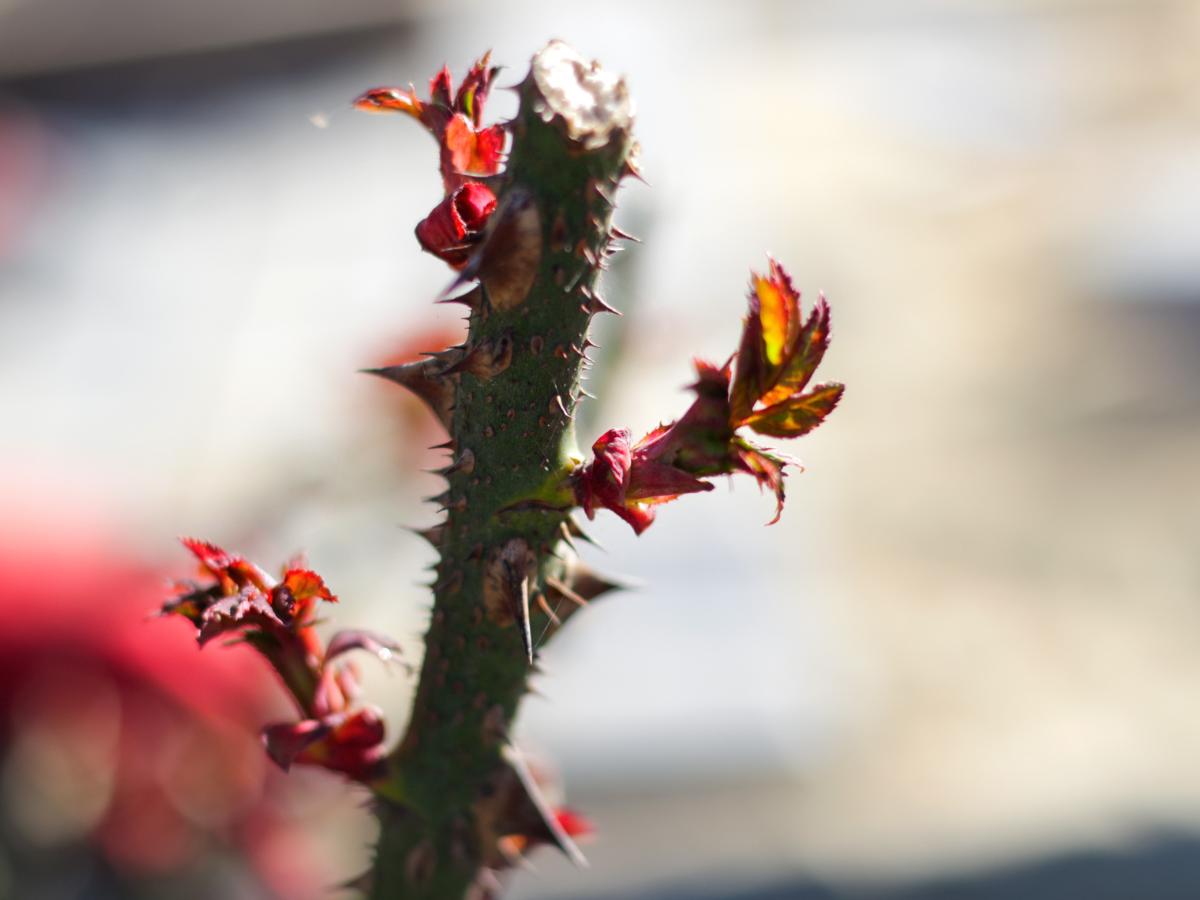
The standard rule for pruning roses is removing at least a third of the plant yearly. This helps your rose plant regrow during the active season while remaining healthy and balanced.
Pruning might seem tedious: cutting back climbing roses, giving ground cover roses a light trim, and reducing your roses’ size by a third, but your plant will have a clean and straightforward structure that eventually encourages further re-growth.
1. Remove Dead and Non-Productive Parts
The first step involves doing away with any yellowed leaves, blackened and shriveled branches, and deadheading roses; if it’s dying, dead, or diseased, it should be gone entirely!
Always put safety first, so ensure you have some safety glasses, steel-toed boots, and gardening gloves at hand. The same applies to your plants; use clean, sterilized pruning shears.
2. Prune the Branches
Whenever you’re pruning your roses, always prune above outward-facing buds, no matter which method you use. This helps to direct your roses’ growth externally for a glamorous and more open floral display.
Make all your final cuts at 45°, pointing away from the buds to ensure debris and water don’t pool inside buds and cause disease or rot but instead run off the plant. Always use clean, sterilized tools to avoid the spread of diseases to other plants.
3. Remove Crossed Branches
This step involves clipping away any canes crossing and rubbing or those that have become leggy and are now growing inwards.
These small branches drain your plant’s energy, which would be better used to create more robust branches and flowers during spring and summer.
4. Shape the Plants
Now, take a moment to decide on the shape you want your rose bush to have, then adjust the overall width and height accordingly.
Consider a rounded dome for your plant’s top to encourage flowering from top to bottom.
5. Finish Up
Tidy up by removing suckers from the base of grafted roses: suckers drain your plant’s energy. Use your pruning shears for more precision.
Clean up all the dead leaves, cuttings, and other debris, ensuring you throw them away. Composting this waste poses a significant risk of spreading diseases to other healthy plants, so avoid it at all costs.
What to Avoid When Pruning Roses
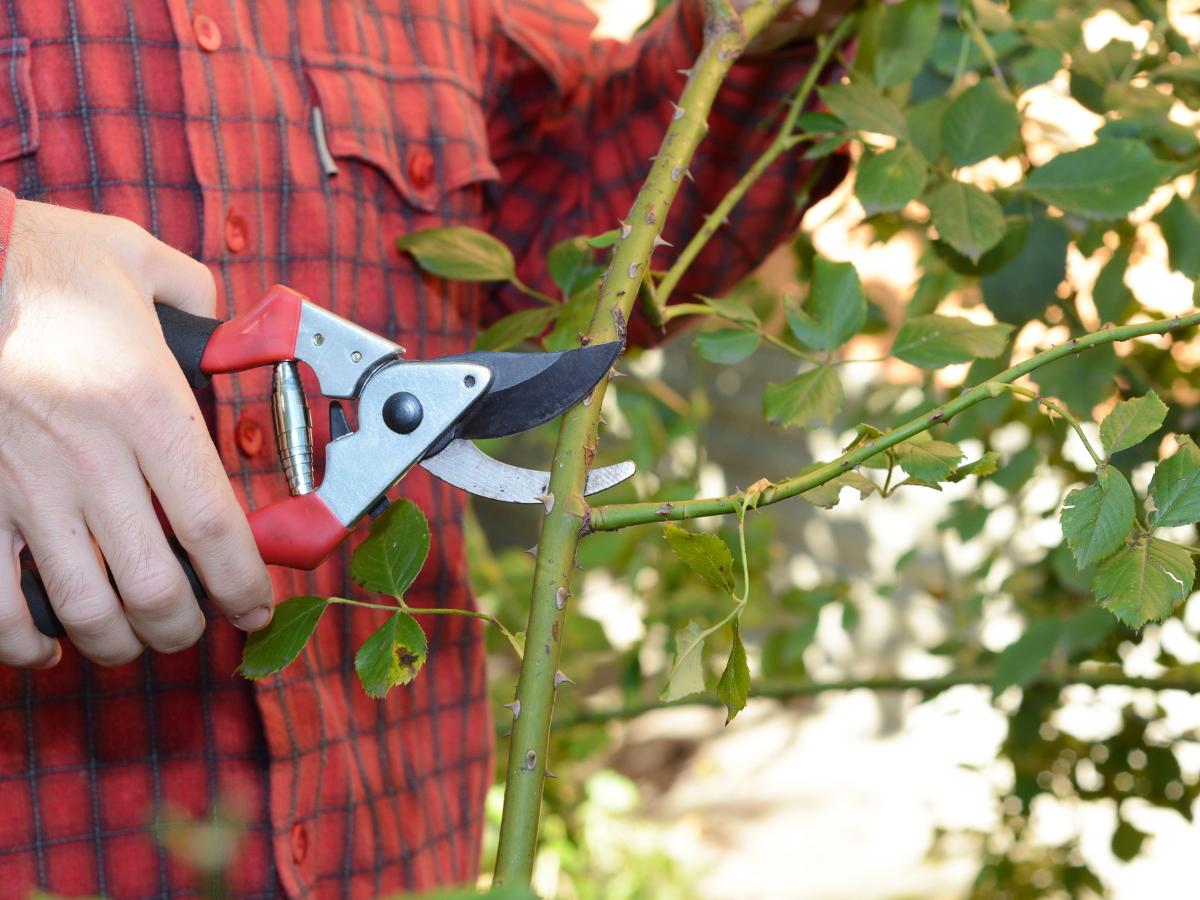
Incorrect timing is usually associated with most rose-pruning mistakes. If you plan on pruning your roses in spring, don’t prune your plants too early after they’ve come out of dormancy.
Frost-bite damages your roses, and they might not produce any flowers that year. Ensure the last frost date has passed because new growth will encourage fresh, delicate foliage that you can nip in a frost.
Consequently, pruning too late in the season, especially in cooler climates, is just as bad; the new growth won’t have enough time to mature before the first winter frost.
So, if you’re expecting cold winters within your area, don’t prune your roses in the fall. You will end up confusing your plant, and it’ll begin producing new growth susceptible to winter.
Some roses don’t need annual pruning, particularly wild roses, e.g., rugosas. You only need to remove the dead branches from the shrub’s underside every few years.
Final Remarks
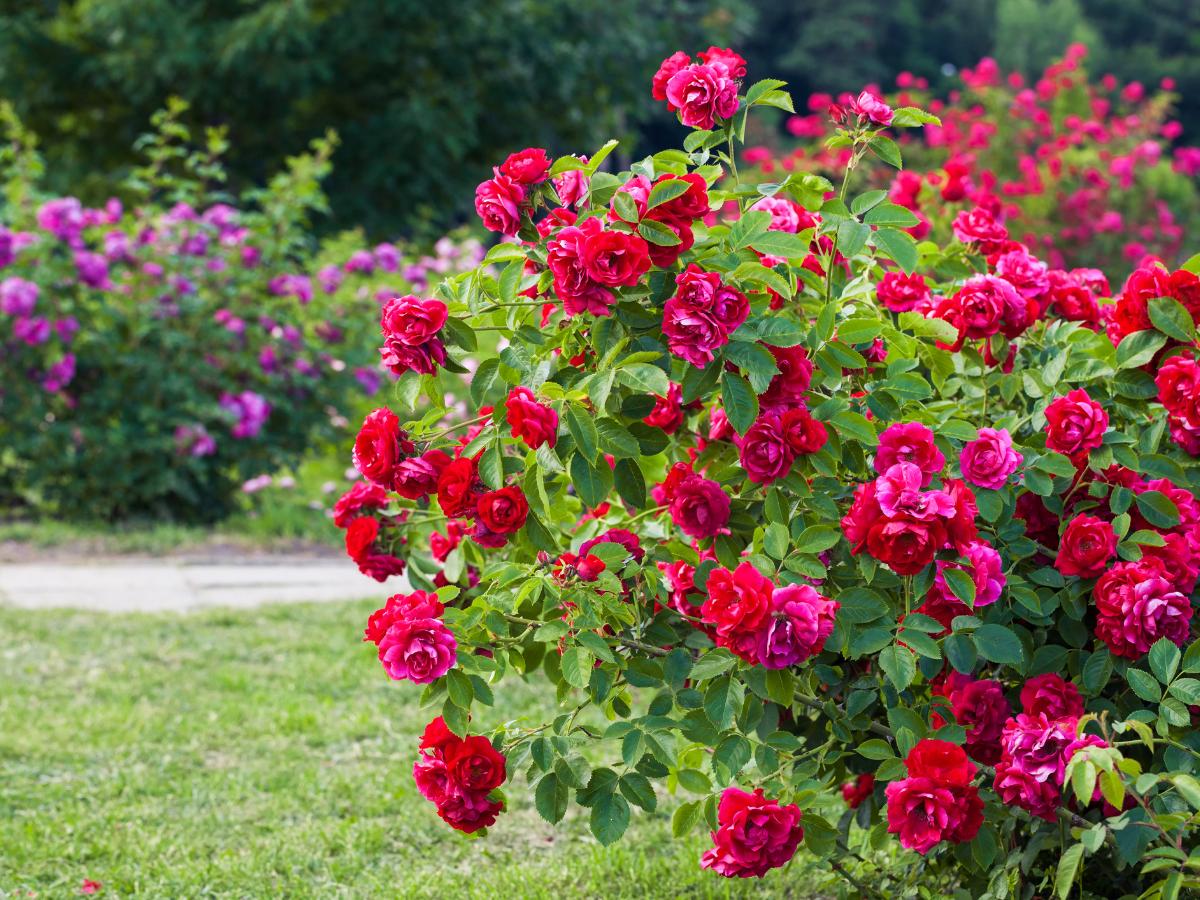
Pruning is essential for promoting air circulation in your rose plants and their overall health. If you fail to prune your roses, they will eventually become too bushy and susceptible to pests and diseases.
Your roses will also become unsightly or lop-sided when the shrub has dead spots and won’t be as robust and showy.
However, there are roses you don’t need to prune at all, and they’ll thrive when you actually neglect them, e.g., wild roses like Rosa rugosa and multi-flora.
In all, pruning is worth all the effort, and the goal is to create a healthy, balanced plant that will reward you with stunning blooms each year.
Happy pruning!

